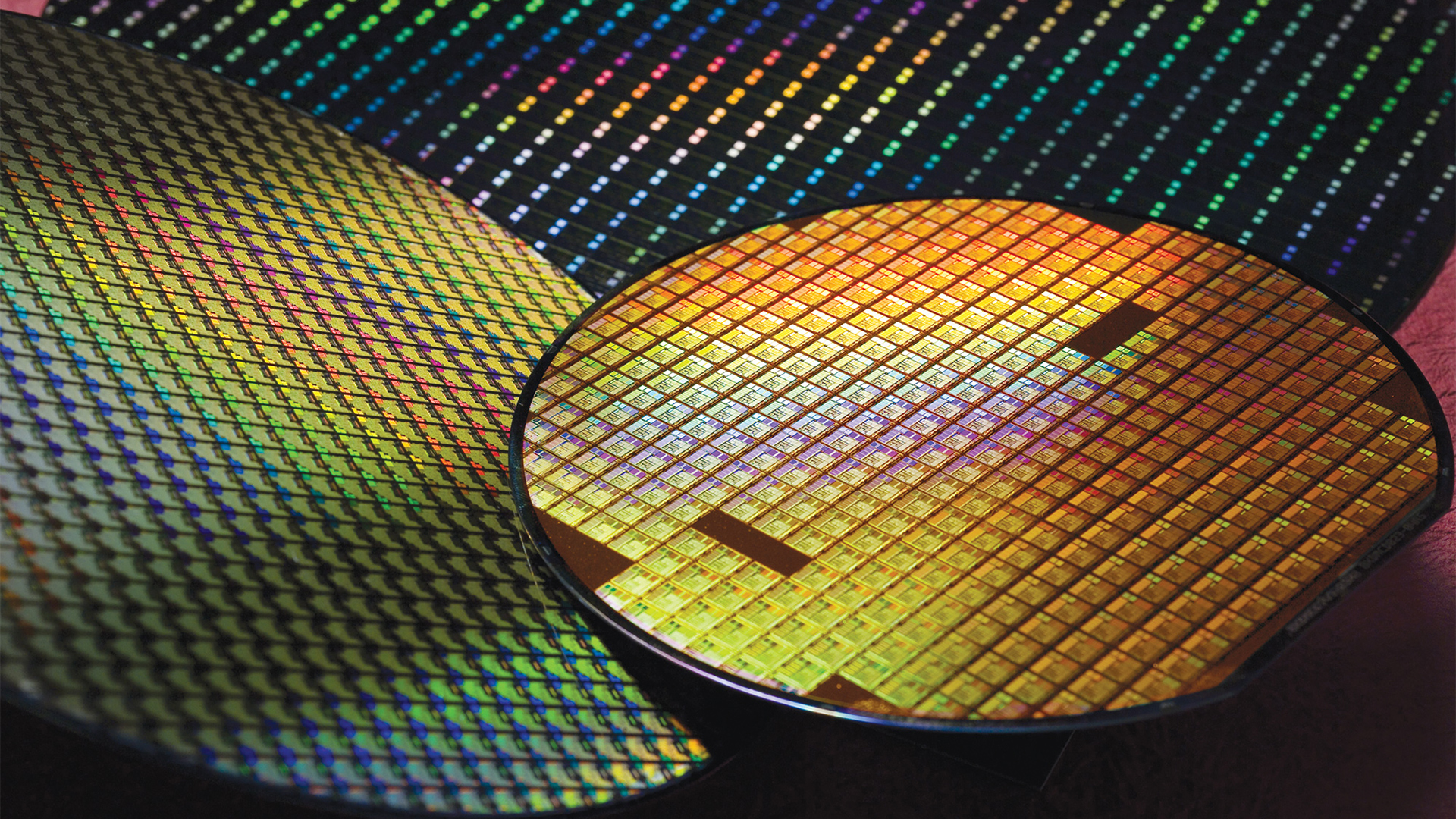The semiconductor industry had a huge 2021
Gartner finds semiconductor industry went from strength to strength in 2021

There has been much press coverage surrounding the ongoing global chip shortage, but that didn't stop the world's top semiconductor companies from having a hugely successful year in 2021.
According to research from Gartner, worldwide semiconductor revenue rose 26.3% year-over-year to $595 billion in 2021, led by Samsung and Intel.
“The events behind the current chip shortage continue to impact original equipment manufacturers (OEMs) around the world, but the 5G smartphone ramp up and a combination of strong demand and logistics/raw material price increases drove semiconductor average selling prices (ASPs) higher, contributing to significant revenue growth in 2021,” said Gartner's Andrew Norwood.
Bouncing back
It might seem surprising that the shortages made little difference to overall revenues but Gartner explains that the automative and industrial markets had a revival after their pandemic lows, boosting overall demand.
The auto industry, in particular, had a stellar year, growing 34.9% and outperforming all other industries. Wireless communications, which are essential for smartphones, grew 24.6%.
The number of 5G smartphones produced reached 556 million in 2021, up from 251 million in 2020, as the iPhone 13, Samsung Galaxy S22, and other devices boost demand.
Memory, driven by DRAM, accounted for 27.9% of semiconductor sales across the year, generating $41.3 billion in revenue.
Sign up to the TechRadar Pro newsletter to get all the top news, opinion, features and guidance your business needs to succeed!
Samsung and Intel lead the way
In terms of how individual companies did, the semiconductor market was dominated by two household names: Samsung and Intel.
Samsung generated a staggering $73.1 billion in revenue during 2021 from semiconductor and related sales, rising 28% from $57 billion in 2020, for a 12.3% market share.
Intel was hot on its heels, reporting $72.5 billion in revenue, down by 0.3% from $72.8 billion in 2020, for a 12.2% market share. The two swapped first and second places.
Following up was SK Hynix with $36 billion, up 40.6% YoY, for a 6.1% share; Micron with $28.6%, up 31.4% YoY, for a 4.8% share; Qualcomm with $27 billion, up 53.4% YoY, for a 4.6% share; Broadcom with $18.7 billion, up 19.3% YoY, for a 3.2% share.
Texas Instruments ($17 billion), Nvidia ($16.8 billion), and AMD ($16.3 billion) complete the list, all with around a 3% share.
Gartner noted that perhaps the most incredible change of fortunes was for Huawei's HiSilicon, which saw sales decline by 81% from $8.2 billion to $1.5 billion as a direct result of US sanctions.
Max Slater-Robins has been writing about technology for nearly a decade at various outlets, covering the rise of the technology giants, trends in enterprise and SaaS companies, and much more besides. Originally from Suffolk, he currently lives in London and likes a good night out and walks in the countryside.